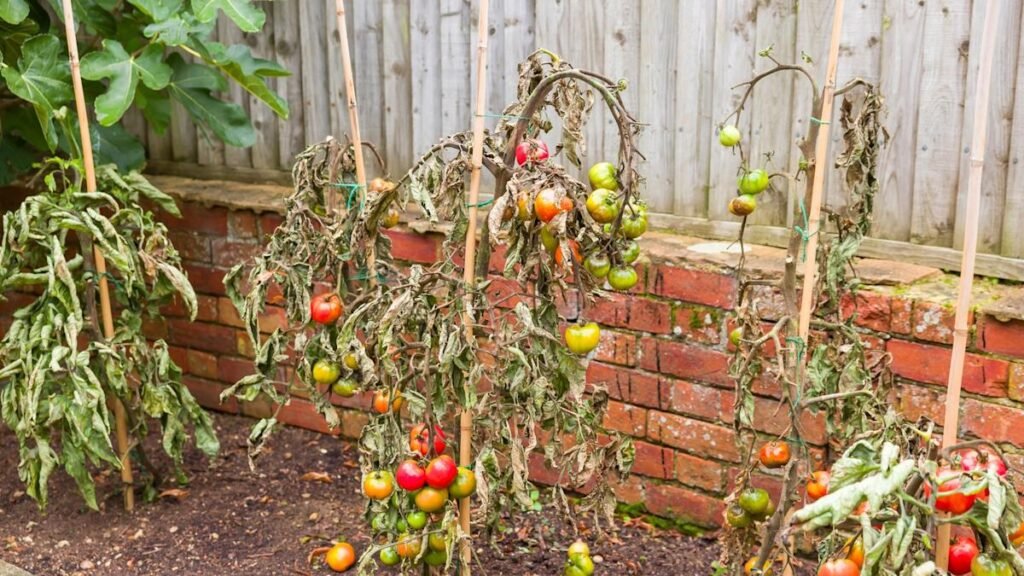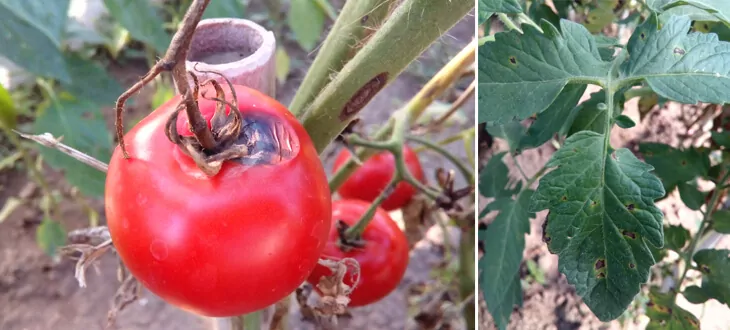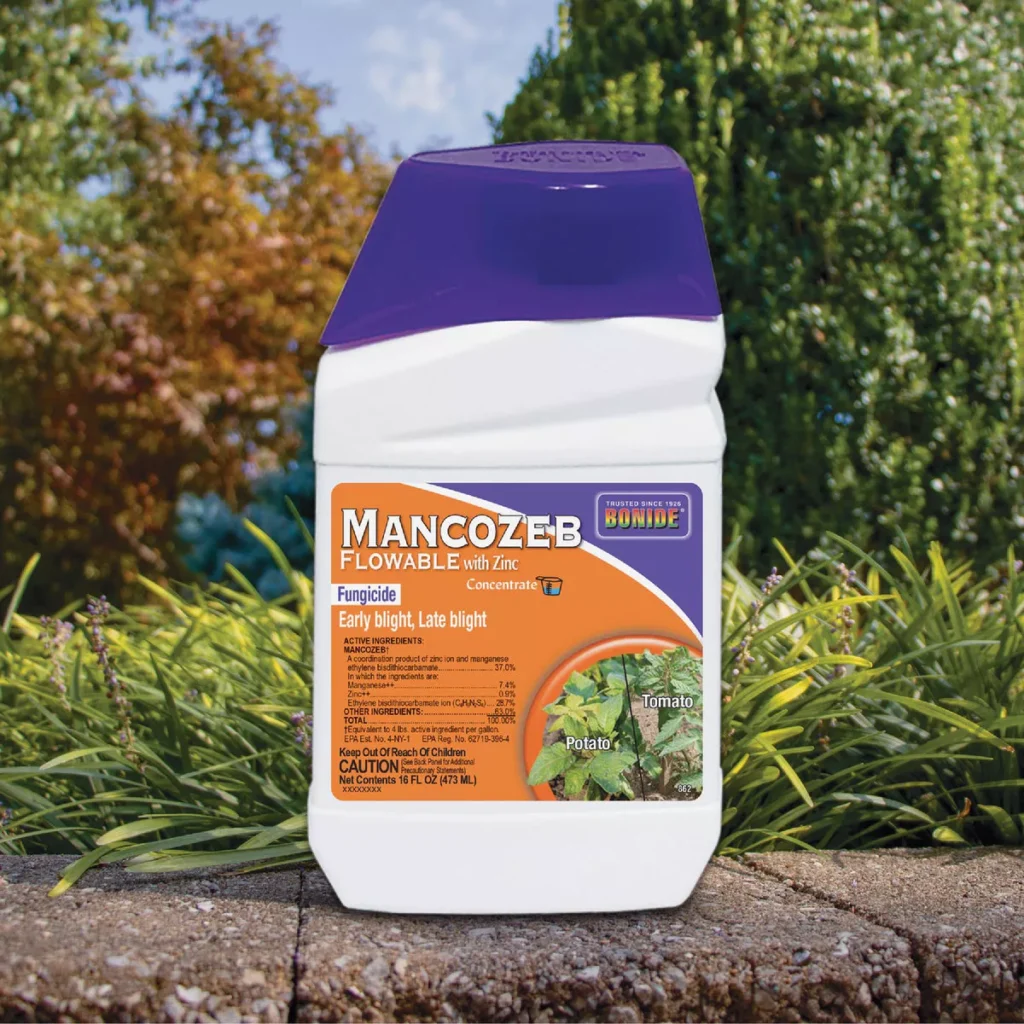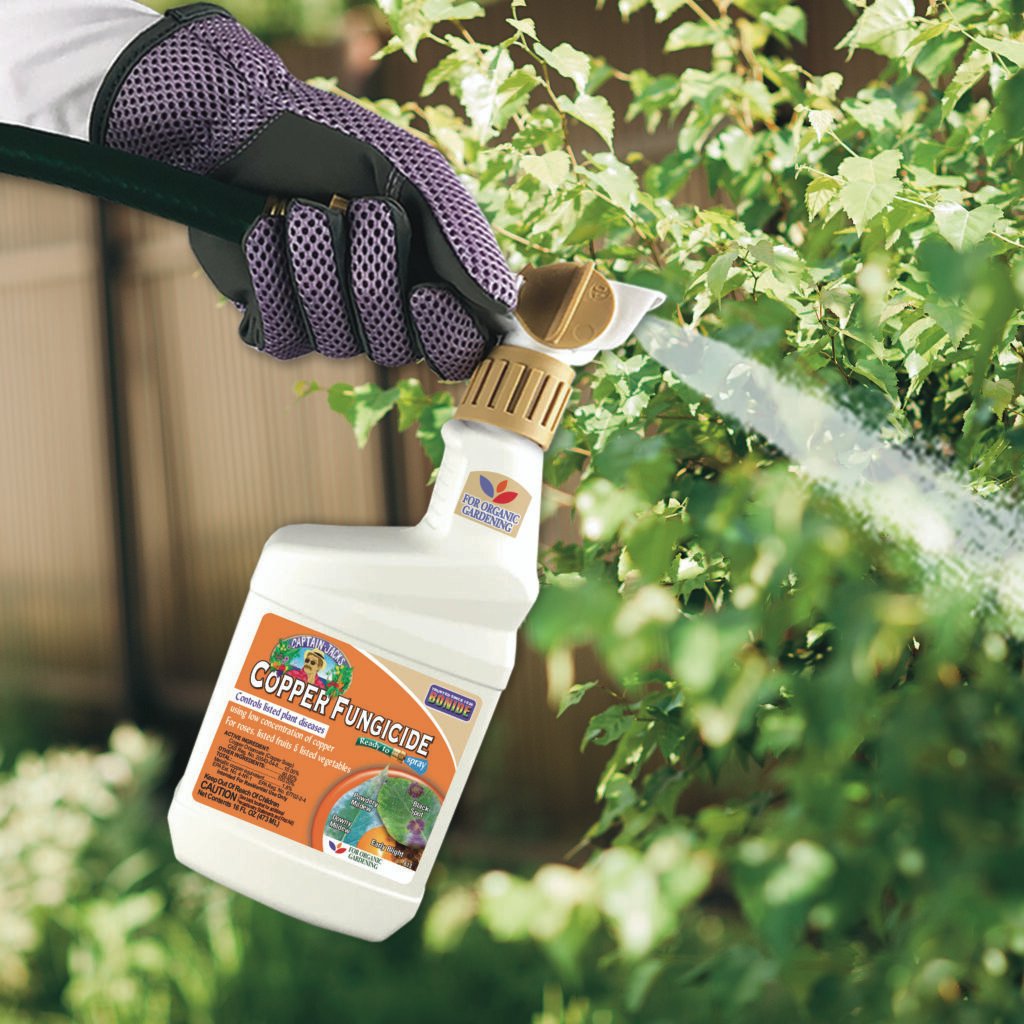
When it comes to selecting the right fungicide for your plants, especially tomatoes, the opinions can be pretty divided. Some people swear by a specific product, while others say it didn’t work for them. The truth is, the effectiveness of a fungicide can depend on various factors—like how often it’s applied, the weather conditions, the time of day, how bad the infection is, and whether the fungicide is systemic or not.
Tomatoes are prone to fungal diseases that can spread rapidly, and these diseases can ruin your entire harvest if not dealt with in time. Tomato plants, in particular, are vulnerable to conditions that promote fungal growth, and the risk is especially high in humid environments.

Some of the most common fungal diseases that affect tomatoes include:
- Early Blight (Alternaria solani)
- Late Blight (Phytophthora infestans)
- Septoria Leaf Spot (Septoria lycopersici)
- Buckeye Rot (Phytophthora parasitica)
- Anthracnose Fruit Rot (Colletotrichum species)
To prevent these diseases from affecting your plants, it’s essential to use the right fungicide. Here’s a list of five of the best fungicides that have proven effective in controlling tomato fungal diseases:
1. Mancozeb Flowable with Zinc Fungicide Concentrate

Mancozeb Flowable is a popular fungicide concentrate that works against a wide range of fungal diseases like early blight, late blight, rust, and mildew. This fungicide also contains Zinc, which is a vital nutrient for plant growth. It’s been highly recommended for tomatoes, and I’ve used it personally with great results. It helped prevent the onset of early blight during a particularly rainy season.
How to use: Mix the concentrate with water and spray it on your plants as directed.
2. Spectracide Immunox Multi-Purpose Fungicide Spray Concentrate For Gardens

Spectracide Immunox is another excellent option for protecting a variety of plants from fungal diseases, including tomatoes. It’s effective against common diseases like rust, powdery mildew, and blight. What I love about it is that it’s not easily washed away by rain, providing up to two weeks of protection after application.
How to use: Apply it early or at the first sign of disease for the best results.
3. Southern Ag – Liquid Copper Fungicide

Southern Ag’s Liquid Copper Fungicide is a reliable option for preventing a wide range of fungal infections on vegetables, shrubs, and fruit crops. It contains copper diammonia diacetate complex, a compound known for its ability to tackle multiple fungal diseases. It’s a cost-effective solution and can be used in gardens and orchards alike.
How to use: Mix with water and spray as directed.
4. Bonide 811 Copper 4E Fungicide

Bonide’s Copper 4E Fungicide is an excellent choice for those looking for an organic-friendly option. It’s suitable for tomatoes and other plants like roses, herbs, and vegetables. It can be used even up to the day of harvest and works on a variety of fungal infections such as downy mildew and black spot.
How to use: Follow the instructions on the label for correct dilution and application.
5. Daconil Fungicide Concentrate

Daconil is a well-known fungicide for tomatoes, offering protection against over 80 plant diseases caused by bacteria, fungi, and pests. It’s effective for managing blight and other common tomato diseases. While it’s not a systemic fungicide (meaning it doesn’t get absorbed into the plant), it’s a great option for surface protection. Just be mindful not to use it when temperatures exceed 80°F (26°C), as it can burn the plant foliage.
How to use: Mix with water and apply according to the instructions.
Conclusion
Fungal diseases can wreak havoc on your tomato plants, so using the right fungicide is key to a healthy harvest. Make sure to apply fungicides early or at the first sign of disease to prevent further spread.
A few tips to reduce the risk of fungal infection:
- Keep the humidity levels in check.
- Remove any leaves that are touching the soil.
- Ensure your plants have enough space to promote good airflow.
- Water plants carefully, avoiding splashing water on the leaves.
All the fungicides mentioned are highly effective, but always read the instructions carefully to avoid damage to your plants. Proper maintenance and prevention can go a long way in keeping your tomatoes and other plants healthy!
❓ FAQs: Fungicides for Tomatoes and Other Plants
Q1: Can I use these fungicides on other plants besides tomatoes?
👉 Yes, most of these fungicides are multi-purpose and can be used on a variety of plants, including vegetables, shrubs, and fruit crops.
Q2: Are these fungicides safe for pets and humans?
👉 Many of these fungicides are safe for humans and pets once applied and dried. However, it’s always best to follow the manufacturer’s instructions for safety.
Q3: How often should I apply fungicide to my tomatoes?
👉 For established plants, apply fungicide every 4 weeks. However, always follow the recommended schedule on the product label for the best results.
Q4: Can I use these fungicides during the flowering or fruiting stage?
👉 Most fungicides are safe to use during flowering and fruiting, but be sure to follow the label instructions for the specific product to avoid damaging the plant.
Q5: How can I prevent fungal diseases in my garden?
👉 Prevent fungal infections by practicing good garden hygiene, spacing plants for good airflow, using mulch, and applying fungicides at the first sign of disease.
With the right fungicide and proper care, you can keep your tomato plants and garden healthy and thriving. Happy gardening! 🍅🌿







